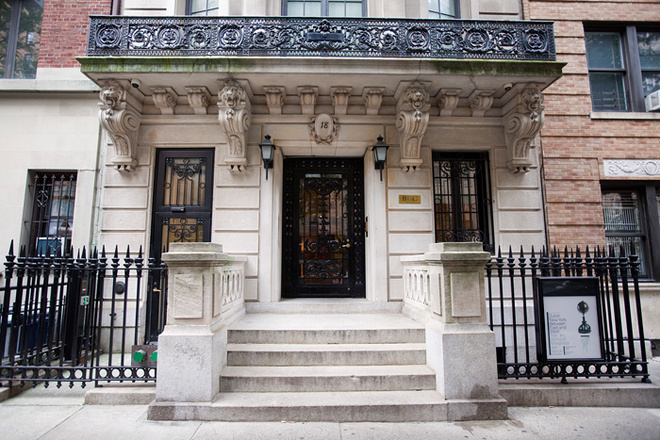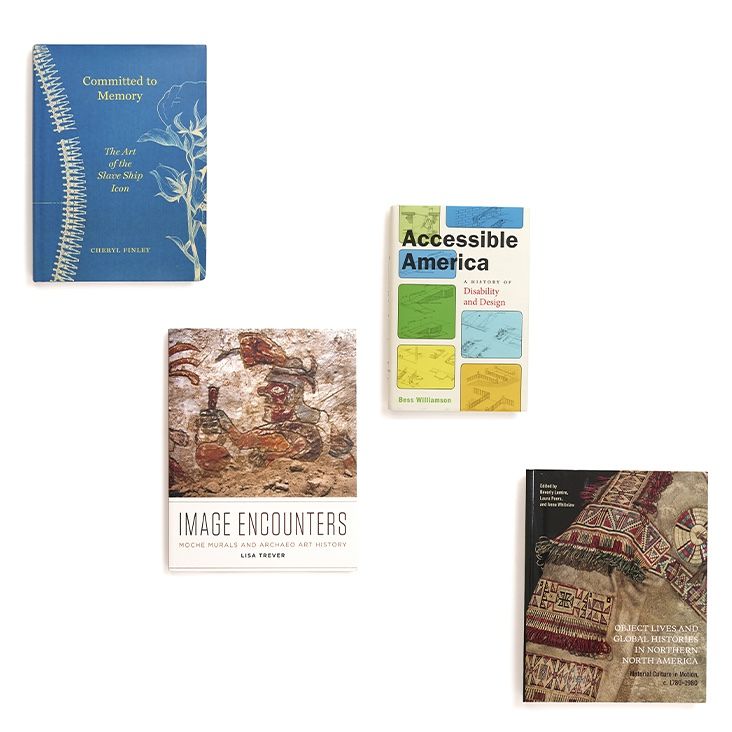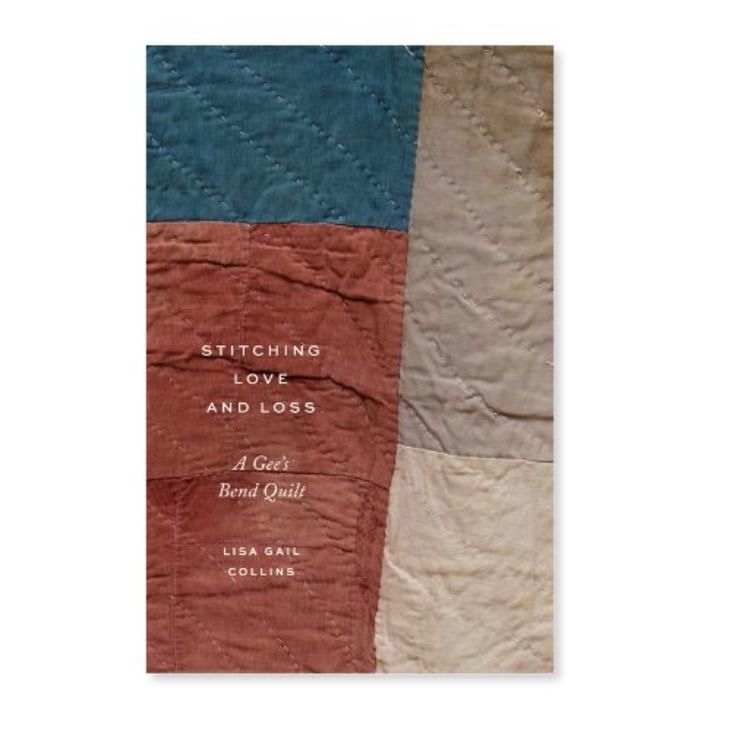Debra Schmidt Bach
(PhD 2015) is the Curator of Decorative Arts at the New-York Historical Society
and a former Tiffany & Co. Foundation Research Fellow in American silver.
She has curated several exhibitions at the Historical Society, including
First Jewish Americans: Freedom and Culture
in the New World,
Superheroes in
Gotham,
The Grateful Dead: Now Playing at the New-York Historical
Society,
Treasures of Shearith Israel, and
Beer Here: Brewing New
York’s History. Bach has written or contributed to numerous articles and
catalogues, and has lectured at institutions including Bard Graduate
Center; Cooper-Hewitt, Smithsonian Design Museum, Master of Arts Program; and Parsons
The New School for Design. Bach, who has an MA from Columbia University, earned
her MPhil and PhD degrees from Bard
Graduate Center. Her dissertation,
Makers,
Masters, and Manufacturers, which examined the early industrialization of
New York City’s antebellum silver trade, won the 2015 American Members of the
Confédération Internationale des Négociates
en Oeuvre d’Art Award for Outstanding Dissertation.
What attracted you to Bard Graduate Center’s program?
The interdisciplinary nature of the academic and
exhibitions programs initially attracted me to the Bard Graduate Center
doctoral program. I came to the program with a master’s degree in American
Studies and some curatorial experience, and knew that I wanted to study the
social history of New York City material culture. While it seemed logical to do
that in New York City, BGC’s material culture-based orientation and
curriculum seemed to be a natural fit.
What was your focus of study here, how did you find yourself
involved with it?
When I applied to the program I was working for the
South Street Seaport Museum and had just co-curated an exhibition called
World Port New York. My work on that
exhibition and with the Seaport Museum’s unique maritime collection left me
hungry to learn more about the history of the material culture of New York City.
With that in mind, my studies focused on the material culture of New York City along
with that of colonial North America and the United States of the nineteenth century.
I knew, however, that I desperately needed to expand my understanding about where
American decorative arts and material culture fit within a global context.
Professors such as Ken Ames, Andrew Morrall, Pat Kirkham, and toward the end of
my time there, the late David Jaffee, taught courses and offered other educational
opportunities that allowed me to consider New York City material culture
through the study of Renaissance and seventeenth- to nineteenth-century
European production and consumption.
Describe your position at New-York Historical
Society and how you came to it. What
sort of projects are you working on?
I initially came to the Historical Society as a Tiffany & Co.
Foundation Fellow in American Silver, which was jointly administered by Bard
Graduate Center. The fellowship afforded me the opportunity to closely study
the Society’s silver collection in preparation for the 2011 exhibition and
catalogue, Stories in Sterling.
During my time at the Historical Society, I have curated
exhibitions that examine a wide variety of topics: Beer Here!: New York’s
Brewing History, Superheroes in
Gotham, Treasures of Shearith Israel,
and Now Playing: The Grateful Dead at the
New-York Historical Society. In the past year I curated the new silver
hall, along with several interpretive niches, that will be unveiled when the Luce
Center reopens at the end of April. In addition, I was part of the curatorial
team that created the exhibition, First
Jewish Americans: Freedom and Culture in the New York. This exhibition included
approximately 170 objects and documents that told the story of how Jews came to
settle in the colonial Americas. It is gratifying to be able to interpret
unusual or unknown artifacts and documents, such as the soon-to-be-repatriated,
late sixteenth-century autobiography of a Mexican Crypto-Jew who migrated to
the New World in the hope of escaping the long arm of the Spanish Inquisition,
or one of the rare surviving pairs of silver rimonim made by the colonial Jewish silversmith and entrepreneur
Myer Myers.
As the curator of decorative arts, I oversee a diverse
collection of material culture that includes precious and base metals, fine and
prosaic furnishings, ceramics, jewelry, maritime art, household and business
tools, equipment, and ephemera, political memorabilia, carriages,
archaeological material, and a growing collection of Judaica. In addition to
overseeing the care of the museum collection, I also interpret those works as
primary source documents to teach American history to our visitors as well as
the public at large.
How has your experience at Bard Graduate Center helped you in
your career?
The program was essential to my development as a
curator and material culture historian. Still
today, Bard Graduate Center continues to offer incomparable learning and teaching opportunities
that allow me to grow further as a student, teacher, curator, and scholar.














